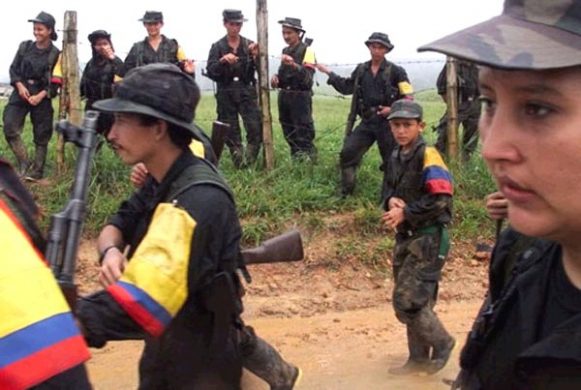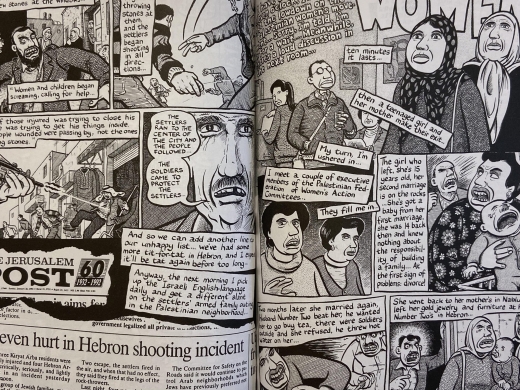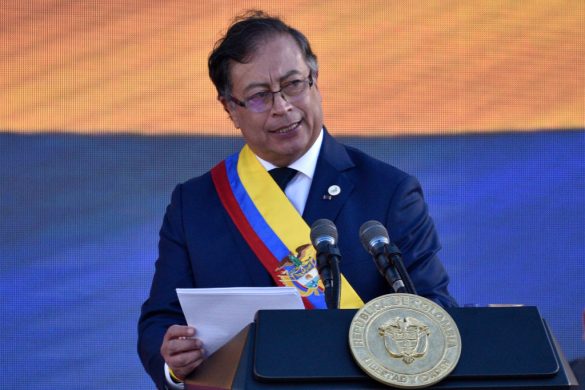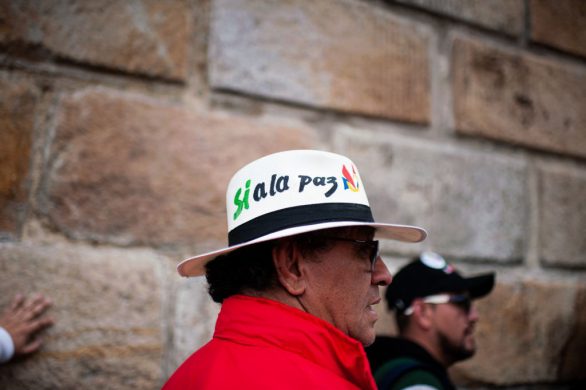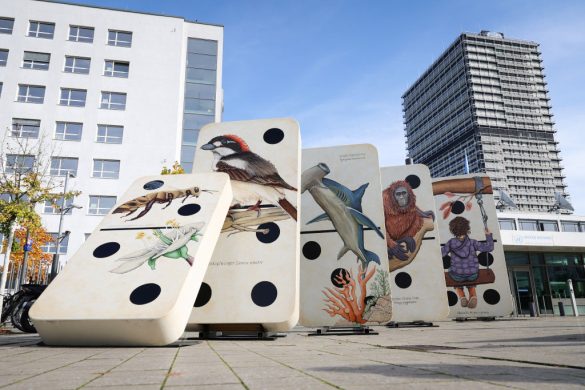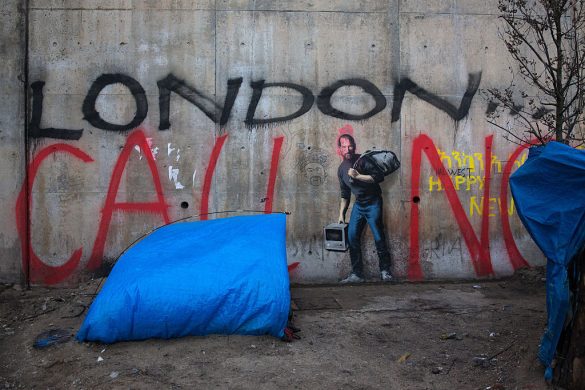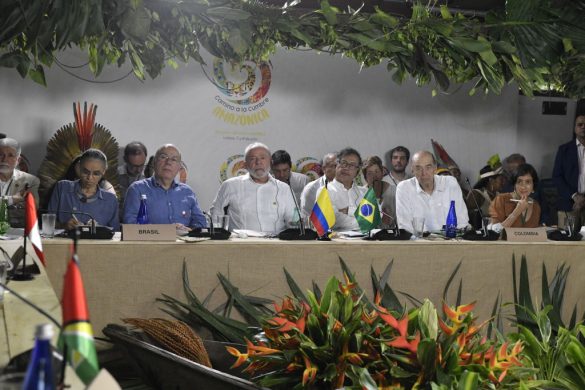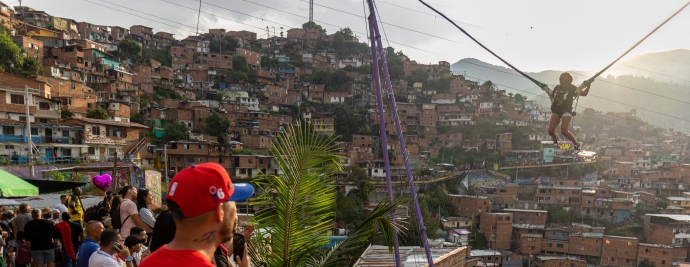BOGOTA/NEW YORK (UNICEF): More than 250,000 children have been affected by the conflict in Colombia since peace talks between the Government and the country’s main armed opposition group (FARC-EP) started three years ago, UNICEF said in a report released today.
An estimated 1,000 children were used or recruited by non-state armed groups during the same period, the children’s agency also said, based on verified United Nations and national data.
“As peace negotiations to end half a century of war in Colombia continue, it is crucial to make children’s interests and protection a priority,” said Roberto De Bernardi, UNICEF Representative in Colombia.
“No child in Colombia today knows what it is like to live in a country at peace. It is time to turn the page.”
Violence and fighting
The report, Childhood in the Time of War: Will the children of Colombia know peace at last? http://www.unicef.org/media/files/UNICEF_Colombia_Child_Alert2(2).pdf notes that the peace talks helped improve the situation on the ground: Between 2013 and 2015, the number of children killed or injured by landmines and unexploded ordnance halved while the number of displaced children dropped by 40 per cent.
However, during the same period, widespread violence and persistent fighting between different warring parties continued to put children’s lives at risk. According to United Nations and national data:
- Over 230,000 children were displaced;
- At least 75 children were killed and another 180 injured;
- Nearly 130 children were killed or injured by landmines and unexploded ordnance;
- At least 180 children were victims of sexual violence;
- 65 schools were damaged by fighting or used for military purposes;
- At least 10 teachers were killed.
Forced displacement, insecurity, fear of recruitment, the threat of sexual violence and the presence of antipersonnel landmines are causing children to drop out of school, according to the report. Children living in conflict areas account for 40 per cent of the number of children of primary and lower secondary age who are not in school.
“Even if the peace agreement were to be signed tomorrow, children will continue to be at risk of all kinds of violations including recruitment, landmines and sexual exploitation,” De Bernardi said.
“Unless these children receive the material and psychological assistance they need, the prospects of long-lasting peace will remain elusive.”
Need for protection
Urging parties to the conflict to put children’s interests first, UNICEF stresses that:
- Children associated with armed groups are victims first and foremost. They need to be protected, reunited with their families and offered the support they need to re-integrate into society.
- Releasing every child below the age of 18 from armed groups should not be contingent upon the outcome of the peace agreement. There is no place for children in war.
- Unless conflict-affected children have better opportunities, joining other non-state armed groups will be their only hope to survive.
UNICEF works with partners in Colombia to help children develop life skills that protect them from violence, educate communities about landmines, promote peace and civic education, and support children’s access to justice, truth and reparation.

